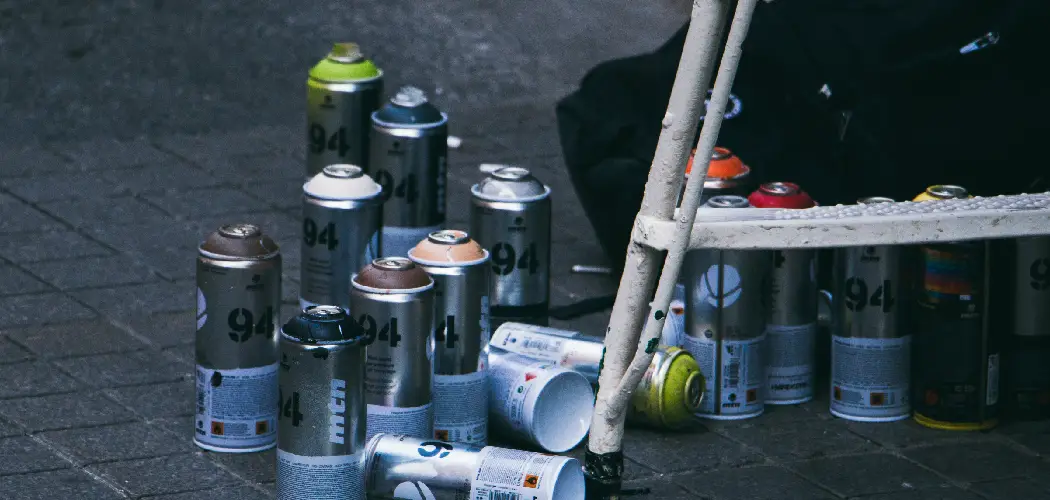Concrete is a versatile and durable material used in various construction projects. However, it is susceptible to damage caused by weather conditions, chemicals, and other external factors. To protect concrete surfaces from these elements, it is essential to apply a sealer.
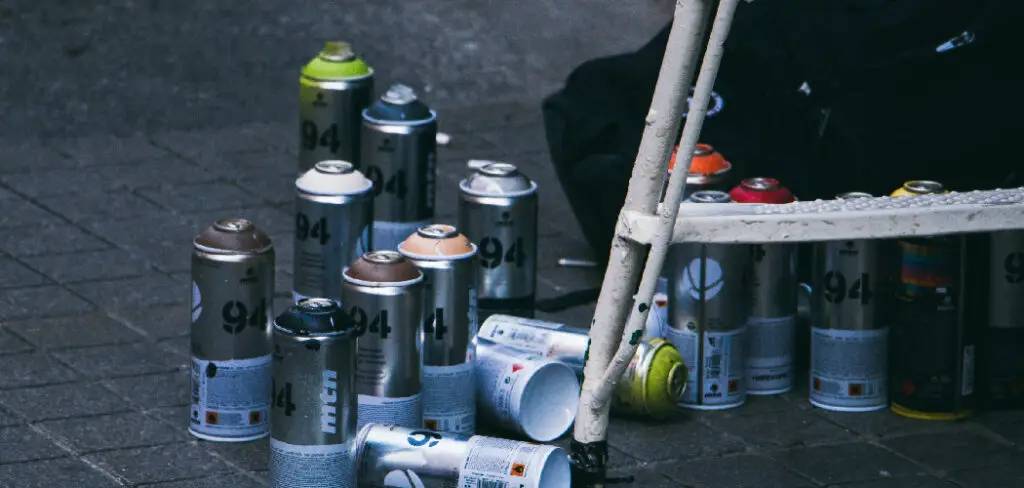
The main benefit of spraying concrete sealer is that it provides a more even and consistent coverage compared to using a roller or brush. This method also allows for faster application, reducing the time and effort required for sealing large areas. In this blog post, You will learn in detail how to spray concrete sealer.
Step-by-step Instructions for How to Spray Concrete Sealer
Step 1: Inspect the Concrete Surface
Before starting the process of spraying concrete sealer, it is important to inspect the surface and ensure that it is clean, dry, and free from any cracks or damages. If there are any repairs needed, make sure to complete them before applying the sealer.
Step 2: Gather Materials and Tools
Make sure you have all the necessary materials and tools at hand before starting the process. This includes a good quality concrete sealer, a sprayer, protective gear such as gloves and goggles, and any other equipment needed for the specific type of sealer you are using.
Step 3: Prepare the Sealer
Follow the instructions provided by the manufacturer to prepare the sealer. This may involve diluting it with water or adding a catalyst depending on the type of sealer you are using. It is important to follow the instructions carefully to ensure the best results.
Before spraying the entire surface, it is recommended to do a test spray in an inconspicuous area. This will help you determine the right amount of sealer needed and also allow you to practice your spraying technique.
Step 4: Protect Surrounding Areas
Cover any nearby plants, furniture, or other surfaces that may be affected by overspray. This will prevent the sealer from getting onto these surfaces and causing damage.
Begin spraying the concrete sealer in a smooth and even motion, using overlapping strokes to ensure complete and uniform coverage. It is important to maintain a consistent distance from the surface and avoid spraying too close or too far.
Step 5: Apply Multiple Coats
For best results, it is recommended to apply multiple thin coats of sealer rather than one thick coat. This will allow for better penetration and adhesion, resulting in a stronger and more durable seal.
As you are spraying, keep an eye out for any drips or puddles forming on the surface. If this happens, use a brush or roller to spread out the excess sealer and prevent uneven coverage.
Step 6: Allow for Drying Time
After applying the final coat of sealer, it is important to allow for proper drying time. This can vary depending on the type of sealer used, but generally it takes 24-48 hours for the sealer to fully cure and provide maximum protection.
Once the sealer has dried completely, clean up any equipment used with soap and water before it hardens. Dispose of any remaining unused sealer according to proper disposal guidelines.
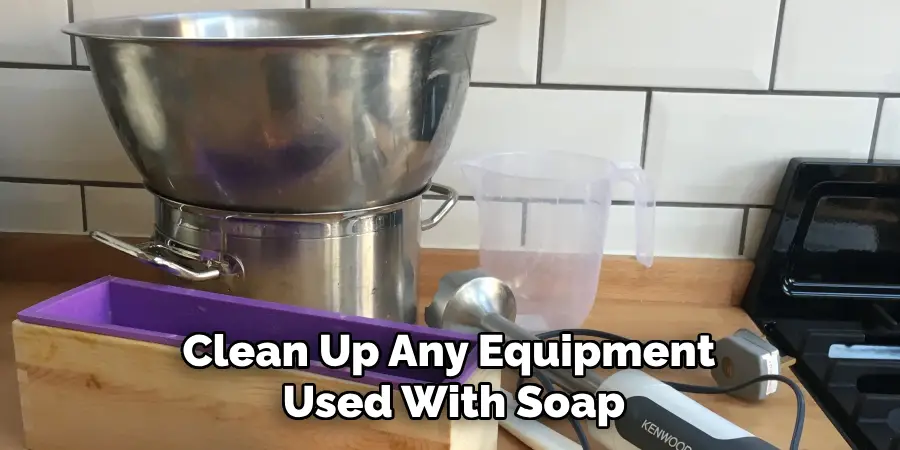
Following these step-by-step instructions will ensure a successful and professional-looking application of concrete sealer. Remember to always read and follow the manufacturer’s instructions for best results, and be sure to wear protective gear during the process.
Safety Tips for How to Spray Concrete Sealer
- Always work in a well-ventilated area to avoid inhaling fumes from the sealer.
- Wear protective gear such as gloves, goggles, and a mask to protect yourself from any potential contact with the sealer.
- Keep children and pets away from the spraying area.
- Avoid working in extreme temperatures or on windy days to prevent overspray and ensure proper drying time.
- If using a solvent-based sealer, avoid smoking or using any open flames during the application process.
- Clean up any spills or drips immediately to prevent slips and falls on the surface.
- If you experience any adverse reactions while working with the sealer, seek medical attention immediately.
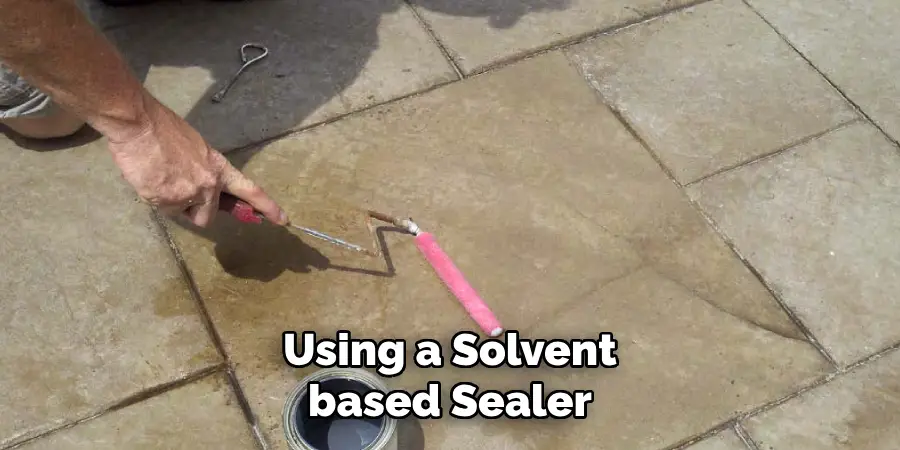
By following these safety tips and precautions, you can ensure a safe and successful application of concrete sealer. Remember to always prioritize safety and read the manufacturer’s instructions carefully before use.
How Do You Prepare the Concrete Surface Before Applying the Sealer?
There are several factors to consider when applying a concrete sealer, including the type of sealer and the appropriate sprayer to use. The preparation of the concrete surface is also crucial for a successful sealing job.
1. Types of Concrete Sealers
Before you apply the sealer, it’s essential to determine which type of sealer is best suited for your specific needs. There are two main categories of concrete sealers: penetrating and film-forming.
- Penetrating sealers penetrate deeply into the pores of the concrete, forming a protective barrier against moisture and chemicals while still allowing the concrete to breathe. They are best used for exterior surfaces such as driveways, patios, and sidewalks.
- Film-forming sealers create a thin layer on the surface of the concrete, providing protection against stains and chemicals. They are recommended for interior surfaces like garages, basements, and warehouses.
When it comes to choosing the right sealer, consider factors such as the location of the concrete surface, its exposure to moisture and chemicals, and your desired finish.
2. Types of Sprayers
The type of sprayer you use will depend on the sealer you have chosen and the size of the surface you need to cover. There are three main types of sprayers: pump-up, airless, and HVLP.
- Pump-up sprayers use compressed air to spray the sealer onto the surface. They are suitable for smaller areas and can produce a fine mist or a concentrated stream depending on the nozzle used.
- Airless sprayers, as the name suggests, do not use compressed air but instead rely on high pressure to atomize and spray the sealer. They are ideal for larger areas and can cover more surface in less time.
- HVLP (high volume low pressure) sprayers use a large volume of air at low pressure to create a fine mist of sealer. They are best for detailed and intricate areas and produce minimal overspray.
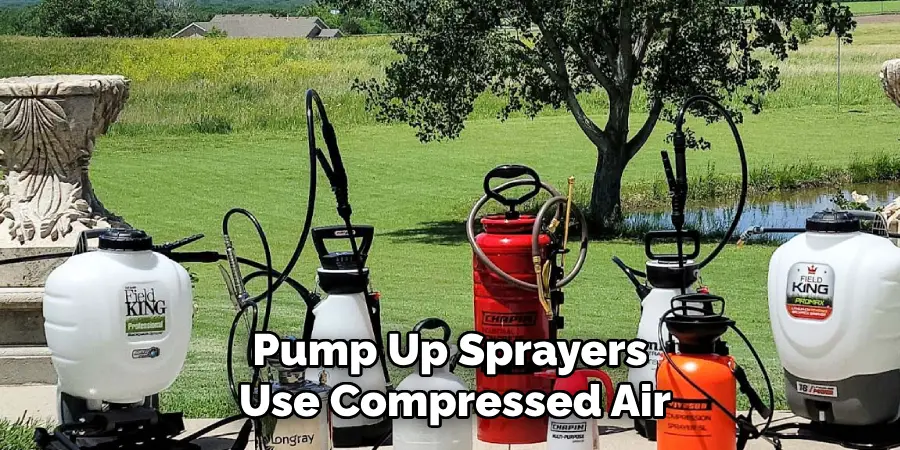
3. Preparation of the Concrete Surface
Before applying the sealer, it’s essential to prepare the concrete surface properly. This includes cleaning any dirt, oil, or stains from the surface and allowing it to dry completely. If there are any cracks or imperfections in the concrete, they should be repaired before sealing. In some cases, etching the concrete with an acid solution may be necessary to ensure proper adhesion of the sealer.
What Techniques Can You Use to Ensure Even Coverage When Spraying Sealer?
One of the most important steps in sealing concrete is choosing the right type of sealer. There are several options to choose from, including acrylic, polyurethane, and epoxy sealers. Each type has its own strengths and weaknesses, so it’s important to consider your specific needs before making a decision.
Once you have selected the correct sealer for your project, it’s important to use the right type of sprayer to apply it. The most common types of sprayers for concrete sealers are airless and pump-up sprayers. Airless sprayers are more efficient and require less maintenance, while pump-up sprayers are more affordable and easier to transport. It’s recommended to test out different types of sprayers on a small area before committing to one for your entire project.
Before you begin spraying the sealer, it’s crucial to properly prepare the concrete surface. This includes cleaning and repairing any cracks or imperfections. First, sweep away any debris and use a pressure washer to remove dirt and stains. If there are cracks or holes in the concrete, patch them up with a concrete repair compound and allow it to dry before proceeding.
How Do You Clean the Sprayer After You’re Finished Using It?
After learning to spray concrete sealer, it is important to know how to properly clean the sprayer after use. Proper cleaning and maintenance of the sprayer can ensure its longevity and optimal performance for future projects.
To begin, you should immediately clean the sprayer after each use. This will prevent any leftover sealant from drying and clogging up the nozzle or other parts of the sprayer. It is also important to wear protective gear, such as gloves and a mask, during the cleaning process.
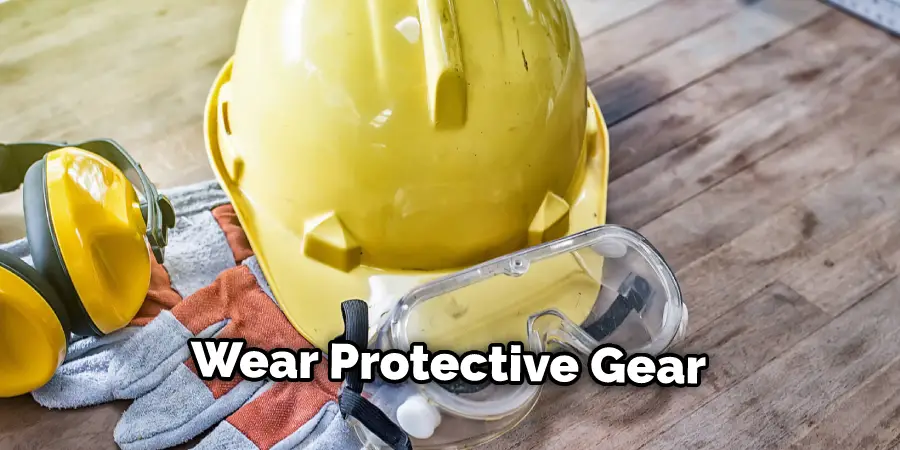
Firstly, you should start by disconnecting the sprayer from its power source and emptying any remaining sealant from the container. Then, disassemble the sprayer according to the manufacturer’s instructions. This may include removing the nozzle, filter, and other removable parts.
Next, wash all the removable parts with clean water. You can also use a mild detergent to remove any stubborn sealant residue. Be sure to thoroughly rinse all the parts with clean water and let them dry completely before reassembling the sprayer.
Conclusion
In conclusion, knowing to spray concrete sealer is an essential skill for anyone looking to protect and enhance their concrete surfaces. Whether you are a homeowner or a professional contractor, learning the proper techniques of applying concrete sealer can save you time, money, and effort in the long run. One of the most crucial steps in this process is surface preparation. Before spraying any sealer, make sure to thoroughly clean and repair your concrete surface. This will ensure that the sealer adheres properly and provides maximum protection.
When it comes to choosing a concrete sealer, there are various options available such as acrylic, polyurethane, epoxy, and penetrating sealers. Each type has its unique characteristics, and selecting the right one depends on factors like climate and desired finish. It is essential to research and understand the benefits and limitations of each type before making a decision. I hope this article has been beneficial for learning how to spray concrete sealer. Make Sure the precautionary measures are followed chronologically.
About
Outdoor Fixes is a distinguished figure in the world of Diy design, with a decade of expertise creating innovative and sustainable Diy solutions.
His professional focus lies in merging traditional craftsmanship with modern manufacturing techniques,
fostering designs that are both practical and environmentally conscious. As the author of diy,
outdoorfixes delves into the art and science of outdoorfixes-making, inspiring artisans and industry professionals alike.
Education RMIT University
(Melbourne, Australia) Associate Degree in Design (Outdoor Fixes) Focus on sustainable design, industry-driven projects,
and practical craftsmanship. Gained hands-on experience with traditional and digital manufacturing tools, such as CAD and CNC software.
Nottingham Trent University
(United Kingdom) Bachelor’s in outdoorfixes.com and Product Design (Honors) Specialized in product design with a focus on blending creativity with production
techniques. Participated in industry projects, working with companies like John Lewis and Vitsoe to gain real-world insights.
Publications and Impact
In diy, Outdoor Fixes his insights on indoor design processes, materials, and strategies for efficient production.
His writing bridges the gap between artisan knowledge and modern industry needs, making it a must-read for both budding designers and seasoned professionals.

